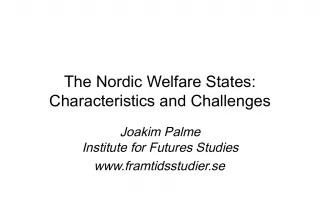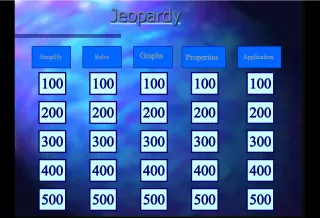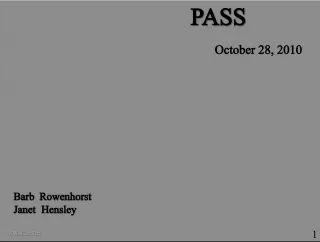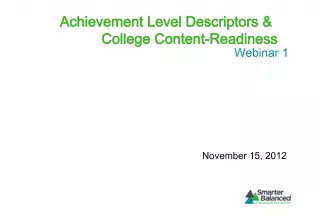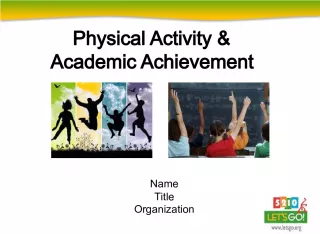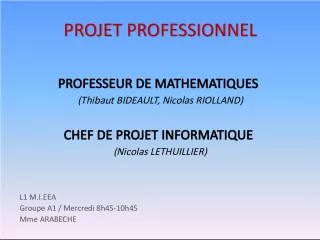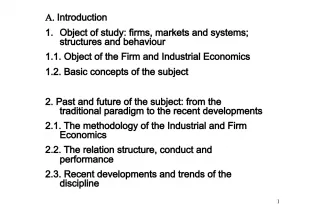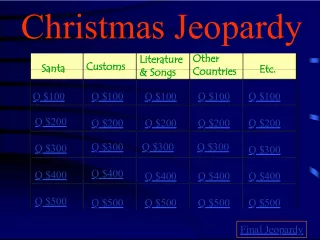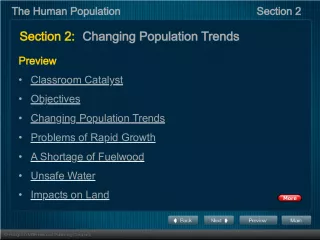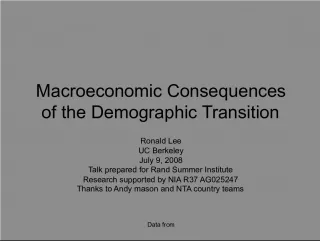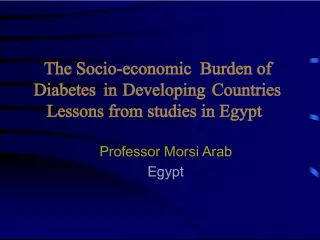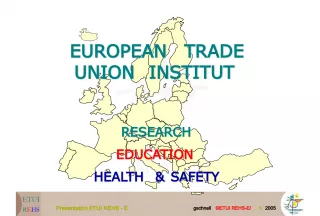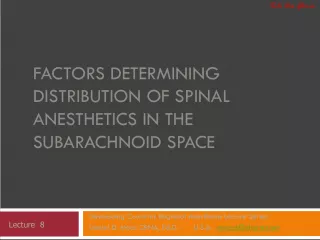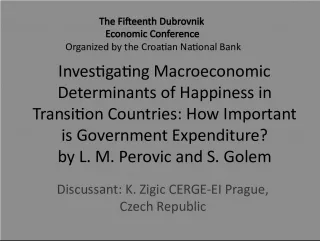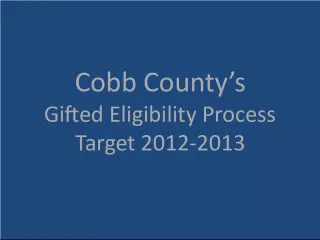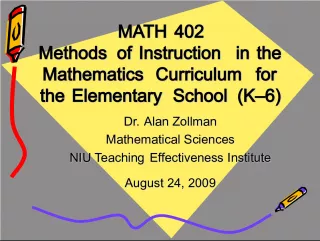Trends of Mathematics Achievement in Nordic Countries
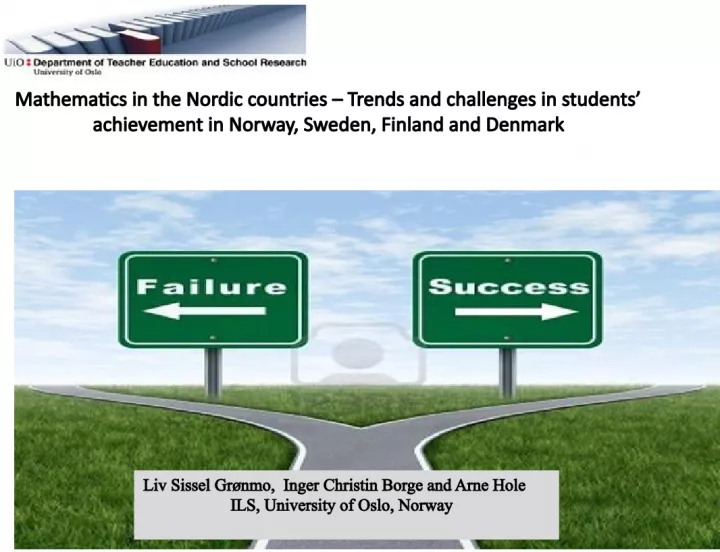

This article explores the variations and challenges in mathematics achievement among Grade 8 students in Norway, Sweden, Finland, and Denmark, with a particular emphasis on the data availability and limitations. Researchers from ILS, University of Oslo have conducted a range of analyses to discuss the issues with students' mathematical proficiency in Nordic countries.
- Uploaded on | 0 Views
-
 salma
salma
About Trends of Mathematics Achievement in Nordic Countries
PowerPoint presentation about 'Trends of Mathematics Achievement in Nordic Countries'. This presentation describes the topic on This article explores the variations and challenges in mathematics achievement among Grade 8 students in Norway, Sweden, Finland, and Denmark, with a particular emphasis on the data availability and limitations. Researchers from ILS, University of Oslo have conducted a range of analyses to discuss the issues with students' mathematical proficiency in Nordic countries.. The key topics included in this slideshow are mathematics education, Nordic countries, Grade 8 students, data availability, challenges,. Download this presentation absolutely free.
Presentation Transcript
1. Mathematics in the Nordic countries Trends and challenges in students achievement in Norway, Sweden, Finland and Denmark Liv Sissel Grnmo, Inger Christin Borge and Arne Hole ILS, University of Oslo, Norway
2. Available data Most of the analyses presented are based on data for Grade 8 in Norway and Sweden because we have most data available for this grade level and for these two Nordic countries. Limitations in data availability for Finland and Denmark significantly limited the possibility to conduct a number of analyses and comparisons with these two Nordic countries.
3. Research questions 1. Why has Norway had an increase in mathematics achievement level while there has been a decrease in Sweden and Finland ? 2. What characterises school mathematics in the Nordic countries ? 3. To what degree do students in the Nordic countries have an Opportunity to Learn (OTL) mathematics ?
4. Trends in students achievement in Norway, Sweden and Finland in lower secondary school in TIMSS from 1995 to 2011 Students in Norway and Finland have the same age, while students in Sweden are one year older. In Grade 4 we have trend data for Norway, Sweden and Denmark. An increase in achievement in Norway and Denmark from 2007 to 2011 no change in Sweden. Comparing primary school students with the same age in 2011 conclusion: Norway (549) and Finland (545) on the same level, Denmark (537) a little lower, Sweden (504) much lower
5. We have concentrated on Norway and Sweden : Possible explanations for the positive trend in Norway and still a negative trend in Sweden Much debate about weak performances School politics and society have put more emphasis on education New curriculum with emphasis on knowledge and learning outcome A common lift! Has not had that much debate No new curriculum at that time Difficult to get the nation to join in a common school lift Decentralization , private schools , free school choice
6. Mathematics Performance and School Emphasis on Academic Success (SEAS) How would you characterize each of the following within your school? Teachers understanding of the schools curricular goals Teachers degree of success in implementing the schools curriculum Teachers expectations for student achievement Parental support for student achievement Parental involvement in school activities Students regard for school property Students desire to do well in school A two-level analysis was carried out using Structural Equation Modelling (SEM) and Confirmatory Factor Analysis (CFA) (Nilsen, Grnmo & Hole, 2013). The collective aspect is important: - In Grade 8 in Norway there was a positive change in all seven questions - This was NOT the case in: - Grade 4 in Norway - Grade 4 and 8 in Sweden
7. Main findings concerning SEAS Grade 8 in Norway and Sweden SEAS has had a positive influence on mathematics achievement in both Norway and Sweden The increase in SEAS from 2007 to 2011 in Norway can explain the observed increase in mathematics performance in Norway from 2007 to 2011 For Sweden, no significant change was found in SEAS from 2007 to 2011, implying that this factor cannot be used to explain the decrease in Sweden from 2007 to 2011 (Nilsen, Grnmo & Hole, 2013)
8. Profiles in mathematics Based on analyses of data from TIMSS, PISA and TIMSS Advanced Four different groups of countries ( profiles ) that are stable - over time and at different levels in school - in different studies with different framework A Nordic group An English-speaking group An East European group An East Asian group
9. What characterises different profiles Based on analysis of data from TIMSS, PISA, TIMSS Advanced, TEDS-M East Asian and East European countries perform relatively best in classical, pure, and abstract mathematics as algebra and geometry Nordic and English-speaking countries perform relatively best on mathematics items closer to daily life like estimation and rounding of numbers, lower on items in classical, abstract mathematics like fractions, exact calculations with numbers and manipulations in algebra
10. What constitutes mathematics in school? TIMSS? PISA?
11. We do not have data available to do the same in-depth analysis for Finland as we have for Norway and Sweden but it is worth reflecting upon reasons for the decrease in Finland. One reason for the increase of poor standards in the matriculation exam and in the beginning of university studies is, undoubtedly, the weakness of the foundation received in the comprehensive school. New, more difficult concepts are hard to learn because still in upper secondary school much energy is spent in reviewing concepts that should have been learned in the comprehensive school. This vicious circle continues in tertiary education: the high-school concepts are not properly learned, and further learning becomes more difficult. The PISA survey provides us with useful information regarding the mathematical literacy needed in everyday life and the ability to solve simple problems. These skills are simply not enough in a world which uses and utilizes mathematics more and more. (Astala et al, 2005 on behalf of more than 200 mathematicians in Finland, retrieved 24 .03.2014)
12. Students Opportunity to Learn (OTL) Mathematics Grade 8 How much instructional time teachers have spent on the various content domains in mathematics in Grade 8 TIMSS 2011
13. Students Opportunity to Learn (OTL) Mathematics Grade 8 Teachers reports on percentages of the total number of mathematical topics taught in each domain in Grade 8 in TIMSS 2011 Percent
14. Some results TIMSS Advanced 2008 TIMSS Advanced gave us the opportunity to see mathematics in primary school, lower secondary school and upper secondary school as a whole AND this gave us a consistent view of mathematics in school at all levels
15. One step back Advanced Mathematics and Physics in Norway The results for Sweden were similar
16. Possible reasons for the decline in performance in upper secondary school? The decline in performance in both mathematics and physics seems to be related to lack of basic skills in mathematics . This regards skills in arithmetic, in algebra , and in the basics of calculus . Mathematics is both a subject in its own right, and a tool for other subjects . This is related to mathematics at lower levels in school primary and lower secondary just as pointed out by mathematicians in Finland
17. Mathematics as an important tool Mathematics is an important tool in daily life YES AND Mathematics is an important tool in subjects and professions such as physics, biology, economy, computer science, engineering , ... Both these aspects have to be addressed both in primary and in lower and upper secondary school
18. NOT NECESSARILY COPY ANYBODY but LEARN FROM EVERYBODY Some things are better in the Nordic countries Some things are better in the English-speaking countries Some things are better in East Asian countries or the East European countries PISA, TIMSS and TIMSS Advanced are complementary studies No single study regardless of how good it is provides all the information we need
19. Further research and cooperation in the Nordic countries TIMSS 2015 primary and lower secondary school PISA 2015 the end of lower secondary school TIMSS Advanced 2015 the experts: final year of upper secondary Participation on a regular basis from all the Nordic countries in international comparative studies in mathematics at different levels in school is likely to significantly improve our possibility for further research into factors that positively influence students performance in mathematics. More extensive analyses follow-up studies important to have a large data bank
20. Thank you for your attention! Liv Sissel Grnmo, Inger Christin Borge and Arne Hole



